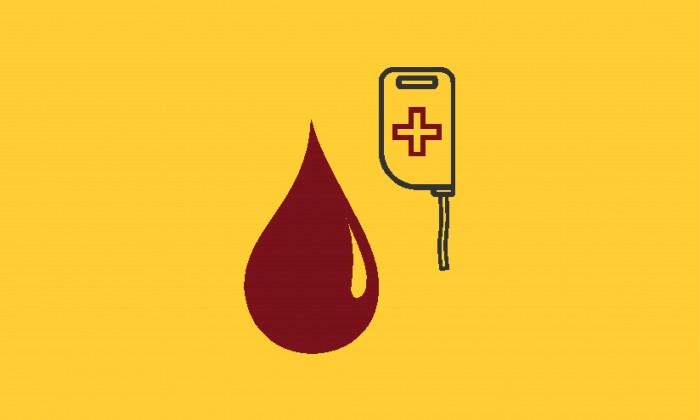
Blood is a crucial resource for numerous medical procedures, and in many instances it can be the difference between life or death. Millions of healthy adults are able to donate blood yet don’t. Donating blood is an act of service that isn’t time-consuming or dangerous, but can make a huge impact.
On average, men are able to donate blood every eight weeks, and roughly every 16 weeks for women. With every donation, medical systems can provide critical care and possibly even save a life. The universal donor type for plasma is AB and the universal red cell donor is O, but regardless of your blood type blood donation provides medical professionals with the valuable resources they need.
A cohesive M Physicians care team was able to perform a recent liver transplantation because of accessibility to donated blood.
A 29 year old male patient who suffered from severe autoimmune hepatitis and liver failure, which required a liver transplantation for survival. Once in the operating room, the circumstances called for extensive blood transfusion services and a massive transfusion protocol was initiated.
There are layers of safety placed in between blood that’s donated and blood that is transfused into a patient. Donated blood is broken down into red blood cells, plasma and platelets. Each valuable resource is then pulled out and housed in a different place to ensure it stays at the optimal temperature. Later, it is warmed up and reconstituted as whole blood before the transfusion process.
Without a properly functioning liver, patients will continue to lose blood from all open surfaces.
M Physicians experts were able in real time to stop their patient’s bleeding by using the correct ratio of transplant products. Several factors were immediately measured, including the amount of circulating platelets and fibrinogen levels (fibrinogen is the building block of a clot). All were returned to normal, allowing the transplanted liver to produce its own clotting factors.
Many intensive care maneuvers were also performed to help the patient’s coagulation system work at its best. Body warmth and support for blood pressure with artificial stimulants helped stabilize the patient.
Extreme risk was negated by preventing another potentially dangerous operative surgery. James Harmon, MD, was the intensive care physician for the process and also developed the massive transfusion program. Dr. Harmon recognized that his and his colleagues' work wouldn’t have been possible without readily accessible blood.
“Transfusion of blood products in this patient was absolutely life-saving. It provided the support that this patient needed for the transplant to occur.”